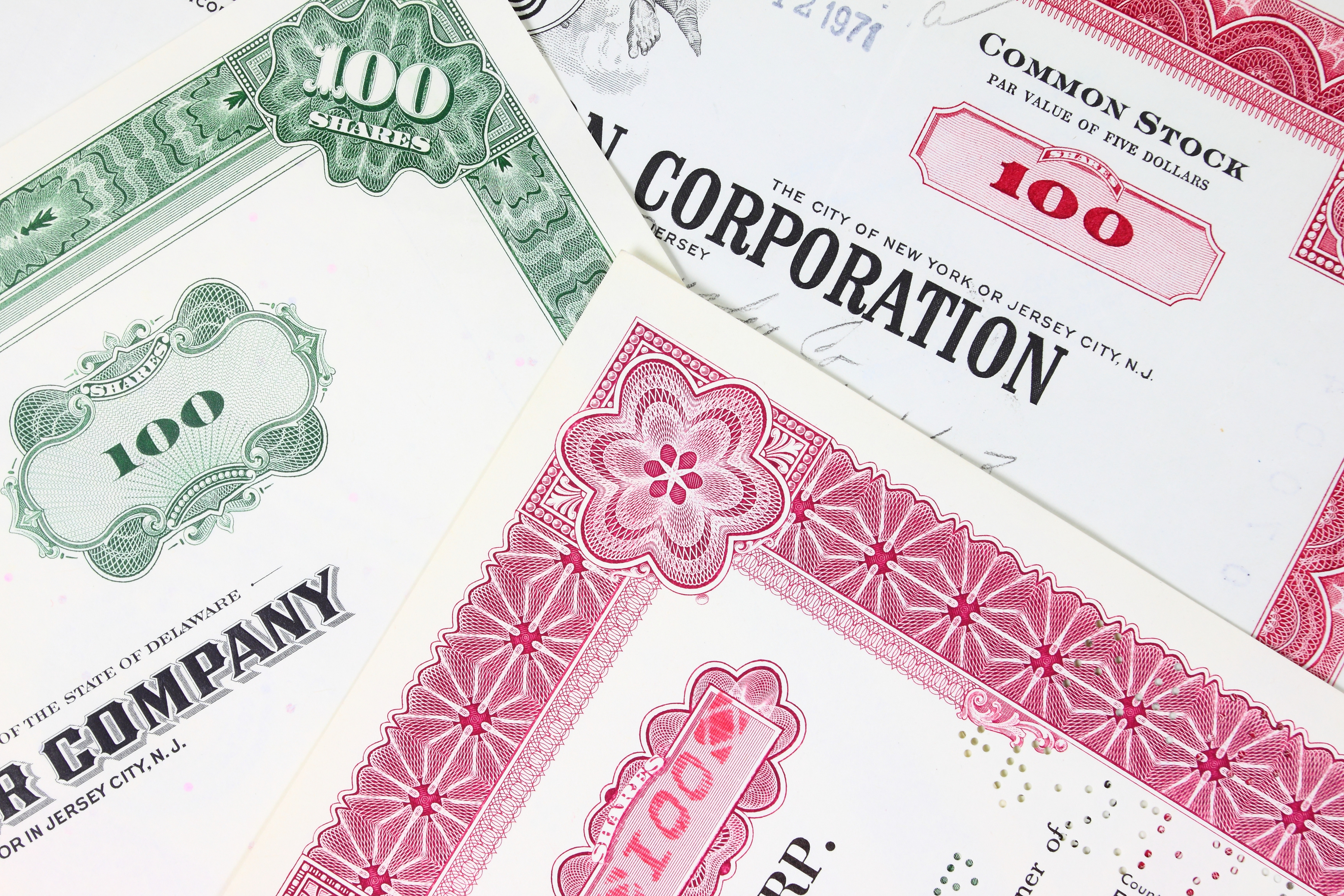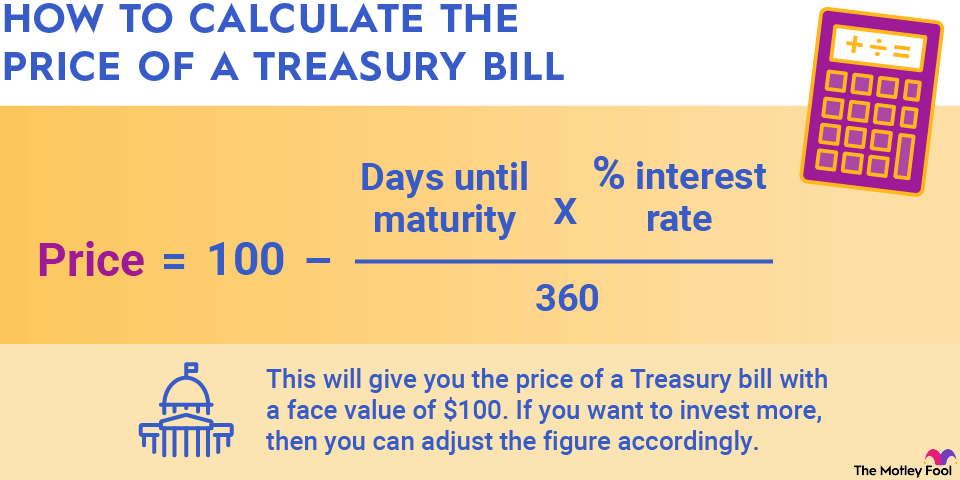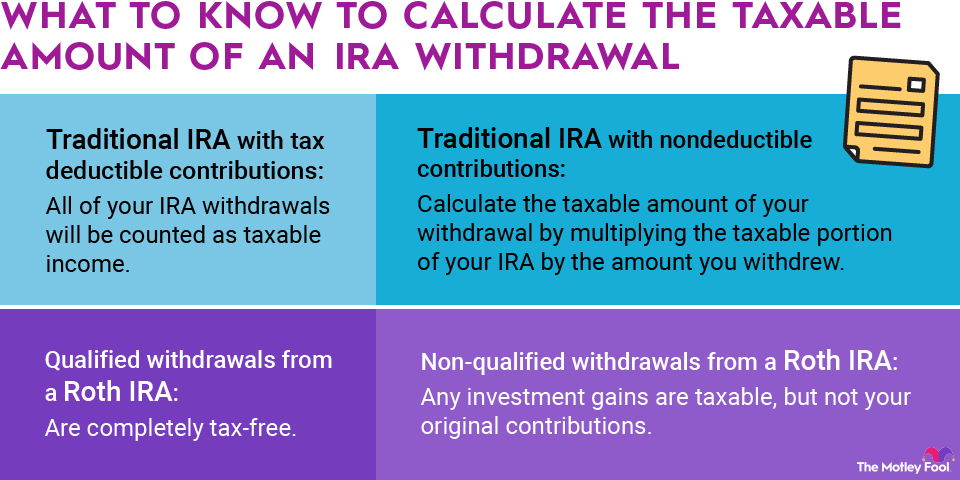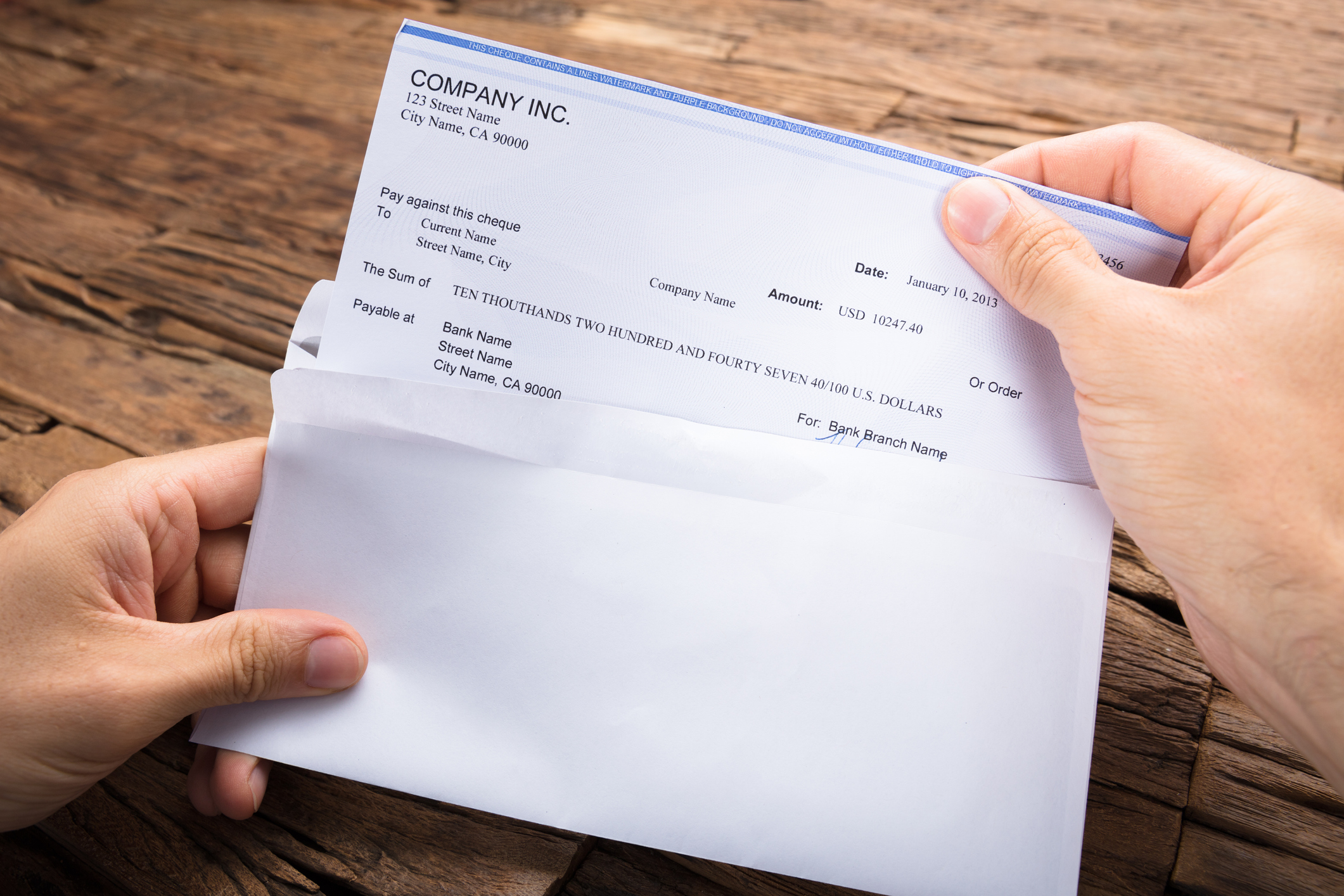Let's face it: Even the best budgets can't always predict your actual expenses. Things happen. Unexpected costs arise. That's life. That's why it's so useful to review your budget after a project is complete to understand why certain expenses were higher or lower than anticipated. One way to do that is to calculate the percentage over budget. Here's how it's done.

How to calculate the percentage of an over-budgeted amount
Calculating an over-budgeted amount is pretty straightforward. All you need is your original budget, the actual expenses, and maybe a calculator.
First, subtract the budgeted amount from the actual expense. If this expense was over budget, then the result will be positive.
Next, divide that number by the original budgeted amount and then multiply the result by 100 to get the percentage over budget. If your expenses were lower than your budgeted amount, then this number will be negative, describing the percentage under budget.
% Over Budget = ((Actual Expenses – Budgeted Amount) ÷ Budgeted Amount) × 100

A practical example of calculating the percentage over budget
To use this tool in a real-world setting, start by first analyzing the percentage over budget for the entire budget. After that, repeat the process for specific line items to see which were over budget and which were under budget.
Here's an example for a generic home improvement project.
Item | Budgeted Amount | Actual Expense |
|---|---|---|
Materials | $500 | $527 |
Labor | $200 | $200 |
Equipment rental | $150 | $157 |
Total budget | $850 | $884 |
First, calculate the percentage over budget for the total budget to get an understanding of the overall project. Start by finding the difference between the actual total expenses and total budgeted amount. In this case, that's $34. Next, divide by the total original budget and multiply by 100, yielding a percentage over budget of 4%.
In other words, this project cost 4% more than anticipated, so it was just slightly over budget.
Scanning the individual line items, the labor expense was squarely on budget, while the materials and equipment rental contributed to the budget overage. It makes sense to calculate their percentage overages next.
Using the same math, the materials cost was 5.4% over budget, and the equipment rental was 4.7% over budget. Neither of these overages is substantial; each is small enough that the discrepancy could be attributed to something as simple as forgetting to include sales tax in the original budget.
Related investing topics
Calculating percentages over budget is an indispensable budgeting tool
This example is admittedly very simple. However, this process is just as important for larger or more complex budgets. Whether you're planning for a family vacation, a home improvement project, or the operating budget of a Fortune 500 company, the percentage difference between the budgeted amount and actual expense is a core analytical tool for every budget.
And now you have everything you need to know to put this tool to use in your budgets, big and small.
(Wondering how you'll manage to budget for your retirement? You may want to boost your assets with individual stocks. Our site has a great section where you can compare various brokerages and figure out which is the best choice for you.)

















